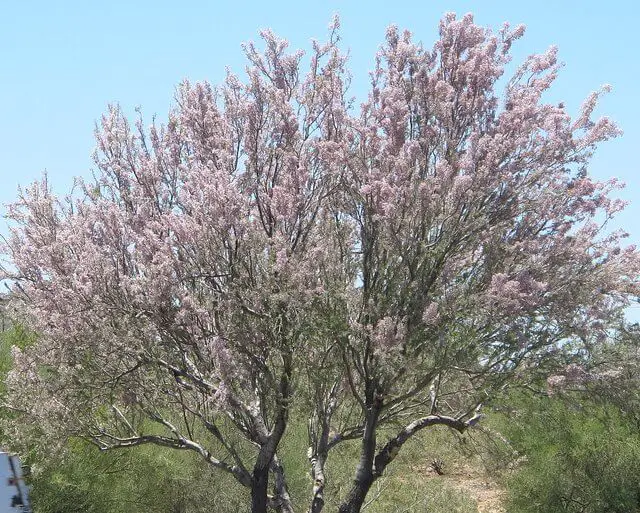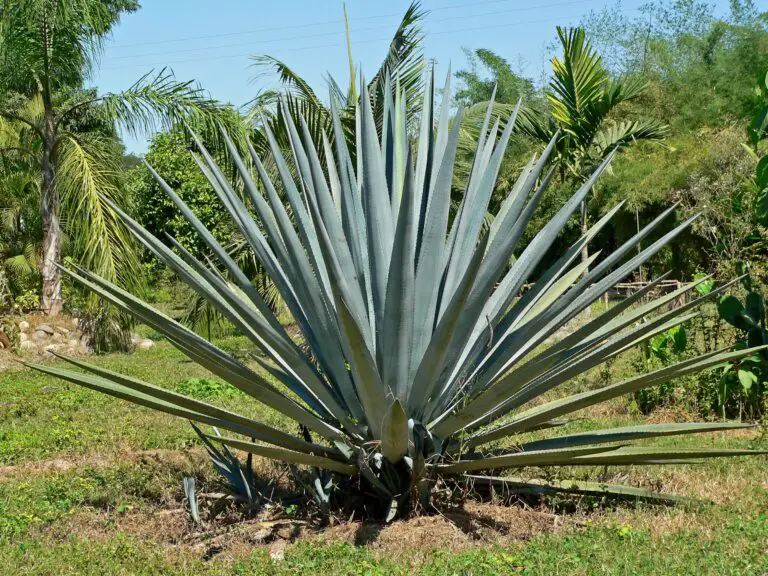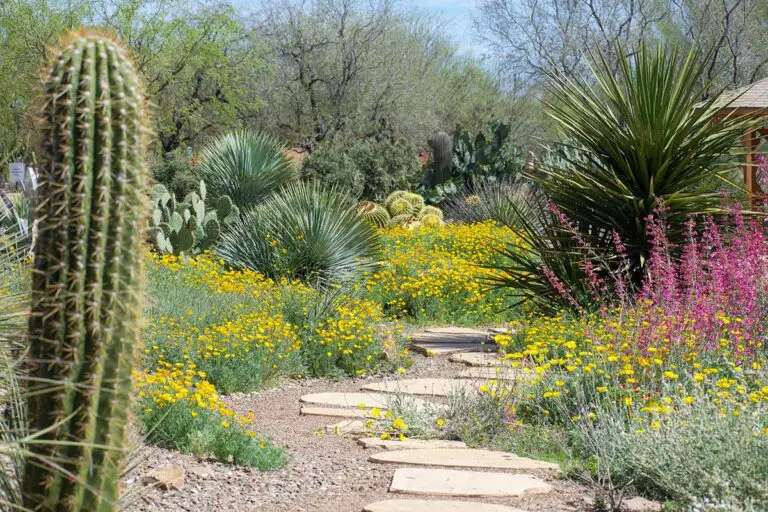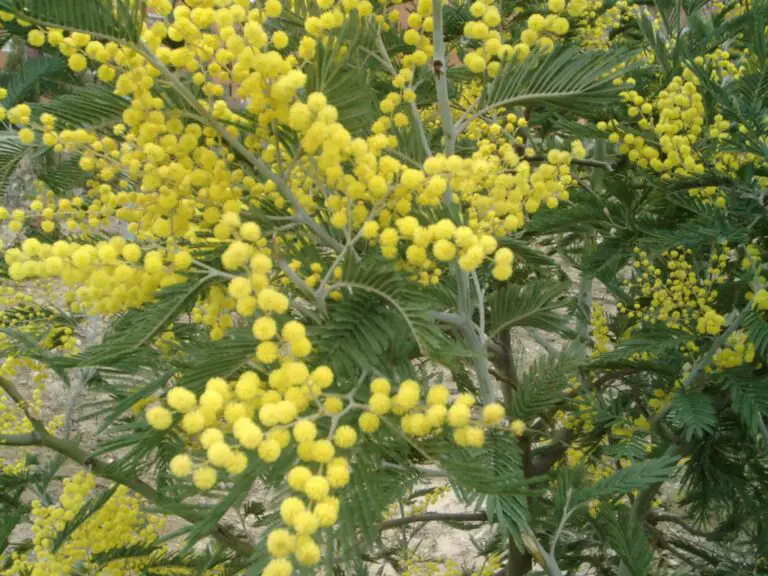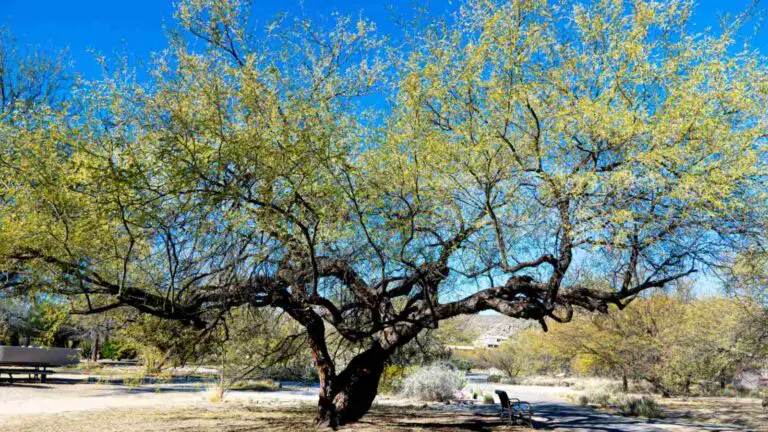Thriving in Arid Beauty: Exploring Palo Verde Trees for Your Garden
Within the sweltering heat of a desert, life persists in stunning ways. Amidst the dunes and the rocky ridges, a beacon of green stands resilient, its branches reaching out to the azure sky. This is the Palo Verde tree, an emblem of arid grandeur and hardiness, a living monument to the possibility of thriving against the odds. For gardeners seeking to bring in the same spirit of survival and beauty to their landscapes, the Palo Verde offers an alluring choice.
In this detailed blog post, we’ll explore the remarkable attributes of Palo Verde trees, learning why they are not just a symbol of desert resilience but also a practical and aesthetically pleasing addition to any home garden. Whether you’re in the heart of the Sonoran Desert or the outskirts of a coastal city, Palo Verde trees present a story of strength and an invitation to green up your world with a touch of xeriscaping excellence.
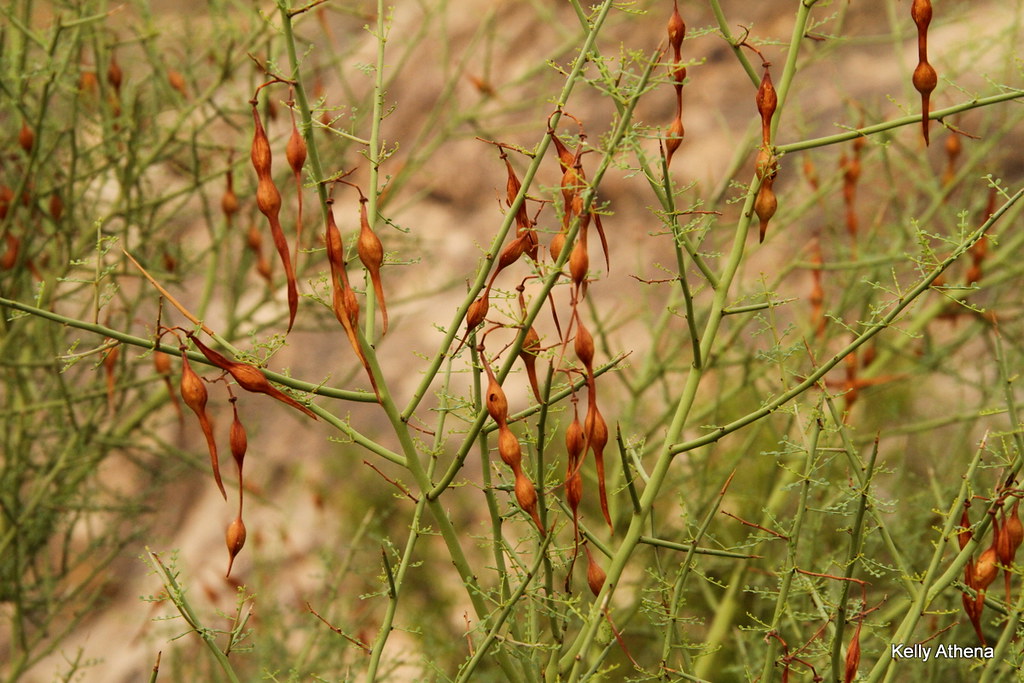
Benefits of Palo Verde Trees
When it comes to choosing the right botanical feature for your garden oasis, the Palo Verde tree boasts a myriad of benefits.
Drought Tolerance
In the face of water scarcity, the Palo Verde thrives where many others wither. It’s a tree tailor-made for drought, with a remarkable ability to survive on minimal water resources. This makes it an ideal choice for areas with regularly dry seasons, as well as for the eco-conscious gardener looking to conserve water.
Wildlife Attraction
Palo Verde trees are not just a delight for the human eye; they are also a boon for local wildlife. Their vibrant yellow blooms are not just decorative; they provide a bountiful source of nectar for pollinators and their leguminous seedpods are a favorite among desert-dwelling birds and animals.
Low Maintenance
For those loathing the chore of gardening upkeep, the Palo Verde’s adaptability extends to its ability to flourish with minimal maintenance. Once established, it requires little help to stay healthy, making it an easy-going, yet striking, addition to your garden.
Growing and Caring for Palo Verde Trees
Understanding how to grow and care for a Palo Verde tree is essential in reaping its full benefits and allure.
Sunlight and Soil Requirements
Palo Verde trees love the sun. Plant them in a location that receives at least 6 to 8 hours of direct sunlight each day. When it comes to soil, they prefer well-draining varieties, reminiscent of their native desert habitats.
Watering Tips
During the first few years after planting, regular watering is crucial to establishing a strong root system. Once mature, Palo Verdes thrive on periodic deep watering sessions, mimicking the infrequent but heavy rains of their natural environment.
Pruning and Maintenance Guidelines
Pruning can enhance the tree’s natural beauty and shape, and it’s best done when the tree is young. Branches should be pruned near their junction with the main trunk, and care should be taken to shape the tree while maintaining its overall health.
Design Ideas for Integrating Palo Verde Trees in Your Garden
The inclusion of Palo Verde trees can open a world of design possibilities for your garden.
Landscaping Tips
Use Palo Verde trees as striking focal points in your garden design. Their form and color can add depth and contrast, especially when placed against a backdrop of gravel or rocks. They can also be used as part of a windbreak or shade garden, proving that practicality can also be captivating.

Complementing Plant Choices
Combine Palo Verde trees with succulents and other arid-friendly plants to create a cohesive, low-maintenance landscape. Their golden blooms can be complemented by the purple hues of nearby sage or the fiery reds of ocotillo, creating a palette that celebrates the desert’s spirit.
Aesthetics and Curb Appeal
With their unique green trunks and wispy leaves, Palo Verde trees are an instant conversation starter and an uncommon feature that can significantly boost the curb appeal of your home. Whether you opt for the classic Sonoran style or a more modern desert chic, a Palo Verde can be the touch that makes your garden unforgettable.
Case Studies or Success Stories
To gain a deeper appreciation for the Palo Verde’s garden potential, it’s valuable to consider real-world examples.
Real-Life Gardens Featuring Palo Verde Trees
Picturesque gardens across the arid regions of the world, from the American Southwest to the African Kalahari, have used Palo Verde trees to breathtaking effect. Whether nestled among the rolling sand dunes of Dubai or the adobe estates of New Mexico, these trees stand as silent sentinels of the beauty that can be found in the most extreme climates.
Conclusion
The Palo Verde tree offers more than just a splash of green to your garden. It’s a lesson in perseverance and a sturdy companion in the whims of nature, a testament to the natural world’s ability to adapt and flourish. This resilient xerophyte, with its myriad benefits and striking good looks, is an inspirational choice for gardeners looking to make an impact.
Whether you’re a seasoned horticulturalist or a beginner with a green dream, the Palo Verde tree is a worthy contender for a place in your garden. It’s a living promise that even in the harshest of environments, life and beauty can—and does—thrive.
Gardening with Palo Verde trees is an opportunity to not only enhance the landscape but also to form a connection with the indomitable spirit of the desert. It’s a call to discover and appreciate the unique beauty of trees that flourish where few others can, allowing you to create a personal oasis that’s not just gorgeous but also respectful of the world around you.

